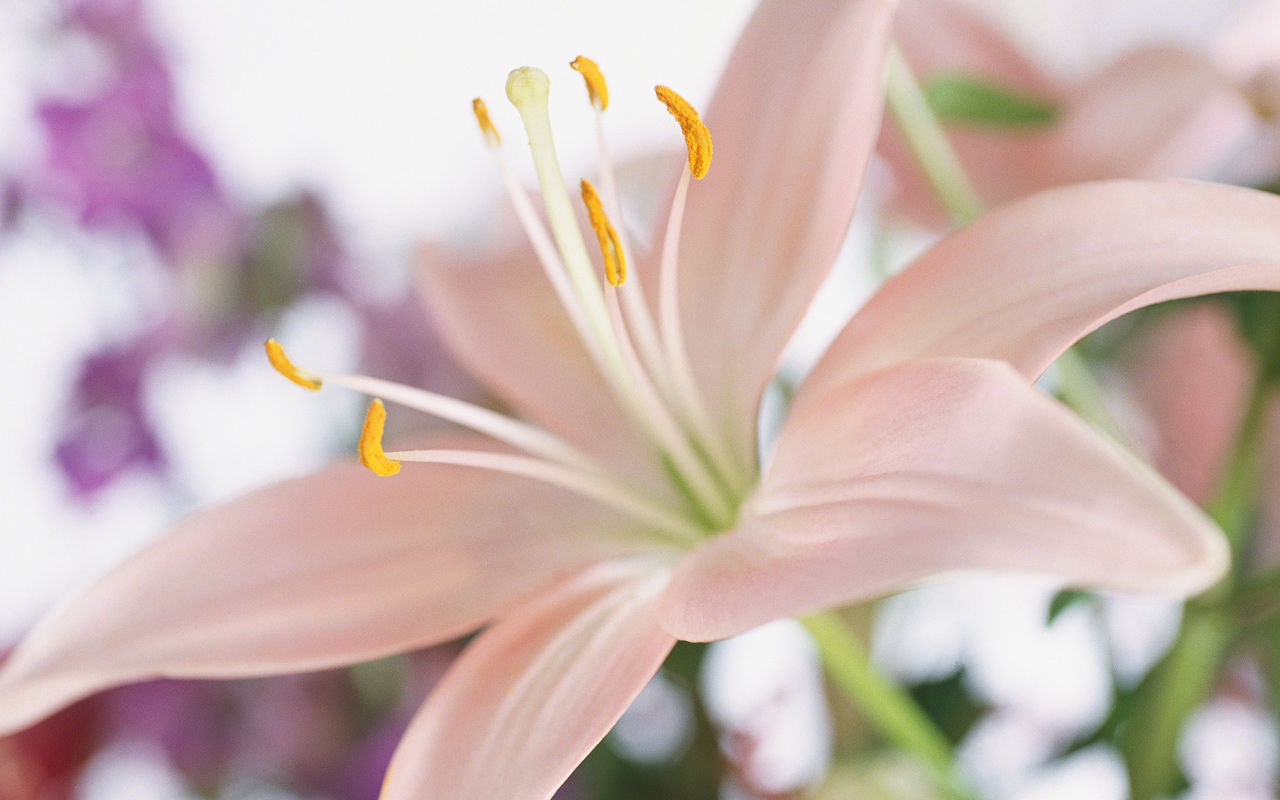
archa orchids
The new beginning...

CATTLEYA
Cattleyas are the classic orchid. With large, orchid-purple blooms, they are among the most beautiful and famous of all flowers. Along with these classic types, there are also many other variations in form and color so as to make the genus Cattleya far more than large purple blooms; a rainbow of colors, a plethora of forms.
This wonderful genus is spread throughout the Americas from Mexico, throughout Central America and down both sides of South America, all the way to the Pampus. This extensive geography, with its obviously varied conditions and extremes, dictates the culture for the various species.
A typical greenhouse setting would be 80F in the day and 60F at night, although temperatures up to 100F and down to 50F are tolerable to all. Some species, particularly those from Southeastern Brazil are much more cold hardy and can take temperatures to freezing and a little below.
-
Temperature
Day temperatures in 70's and 80's are perfect but even higher temperatures are not harmful. Night temperatures of 55-60F are perfect, but those from southeastern Brazil such as C. intermedia, bicolor,elongata, forbesii, loddigesii, percivaliana, walkeriana, guttata, and leopoldii can take to 32F and below for short periods.
-
Light
Medium to bright light is best. (2000 to 3000 footcandles).
-
Water
Watering, like all other orchids, is done as needed. Water thoroughly and let drain and nearly dry before the next watering. Under our conditions, we typically water once a week, with occasional wetting down during warm times. Mounted plants dry out quicker and are wet down on hot, sunny summer days.
-
Fertilizer
Regular feeding promotes good growth. Use a balanced fertilizer (we recommend Dyna-Gro 7-9-5) or one a little higher in nitrogen such as 10-5-5.
-
Potting
If the plant looks happy, you may not need to repot. We start divisions in the pot size that just fits the root ball, with 1-2 year’s room to grow; when it begins to outgrow that pot, simply set the whole plant, pot and all, in another empty, slightly larger pot, letting the roots curl around in the space between pots and the plant grow over the rim. Our largest specimens are in their original small pot, set in several successively larger empty pots! Repotting may be necessary, however, if the plant is declining because of decomposed mix or failing roots. Select a pot which has good drainage and a well draining potting medium such as medium-size fir bark or rock.